gcse maths + further maths formulas
1/77
There's no tags or description
Looks like no tags are added yet.
Name | Mastery | Learn | Test | Matching | Spaced |
|---|
No study sessions yet.
78 Terms
the angle in a semicircle is 90'
state the appropriate circle theorem
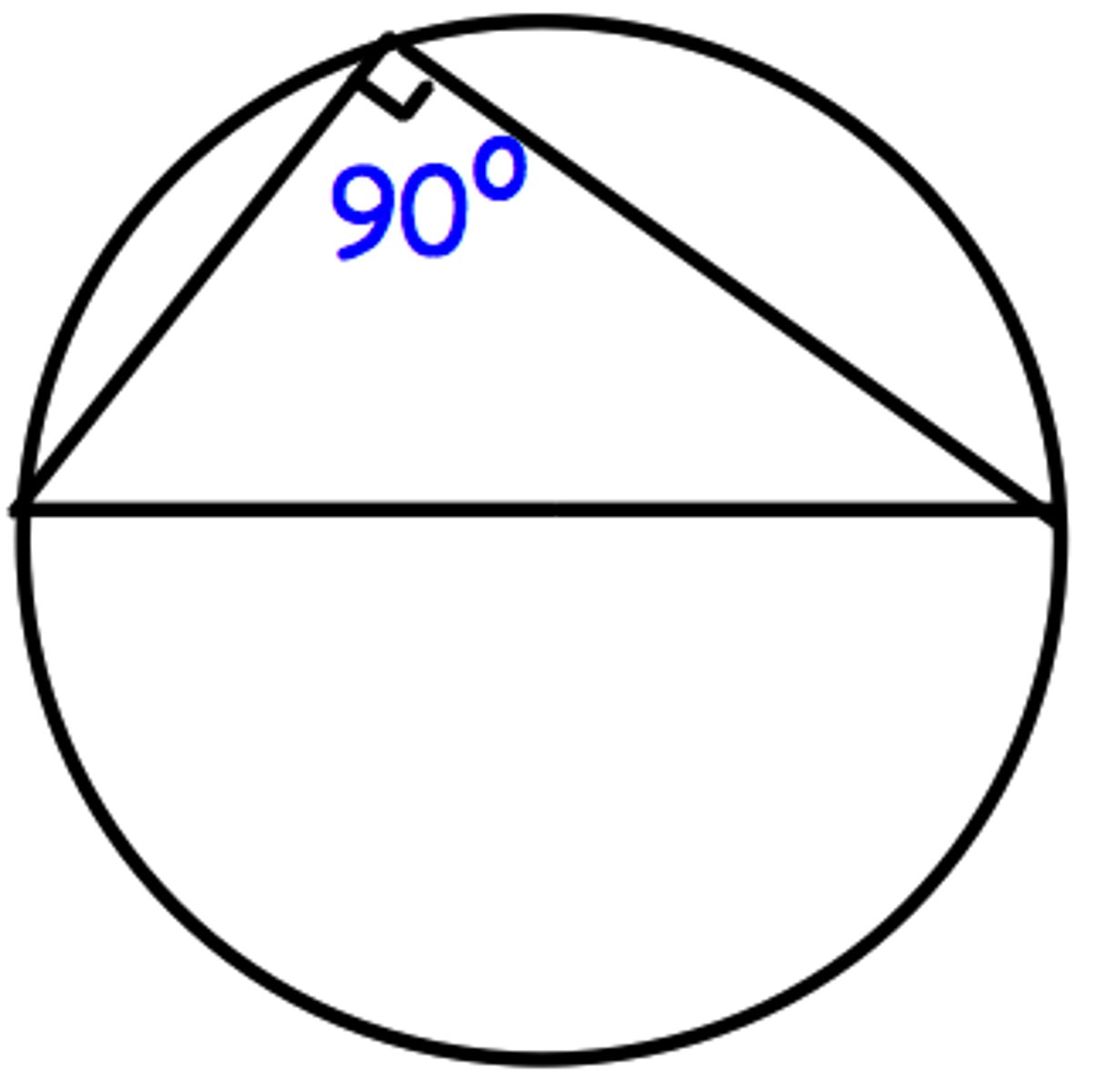
the angle at the circumference is half the angle at the center
state the appropriate circle theorem
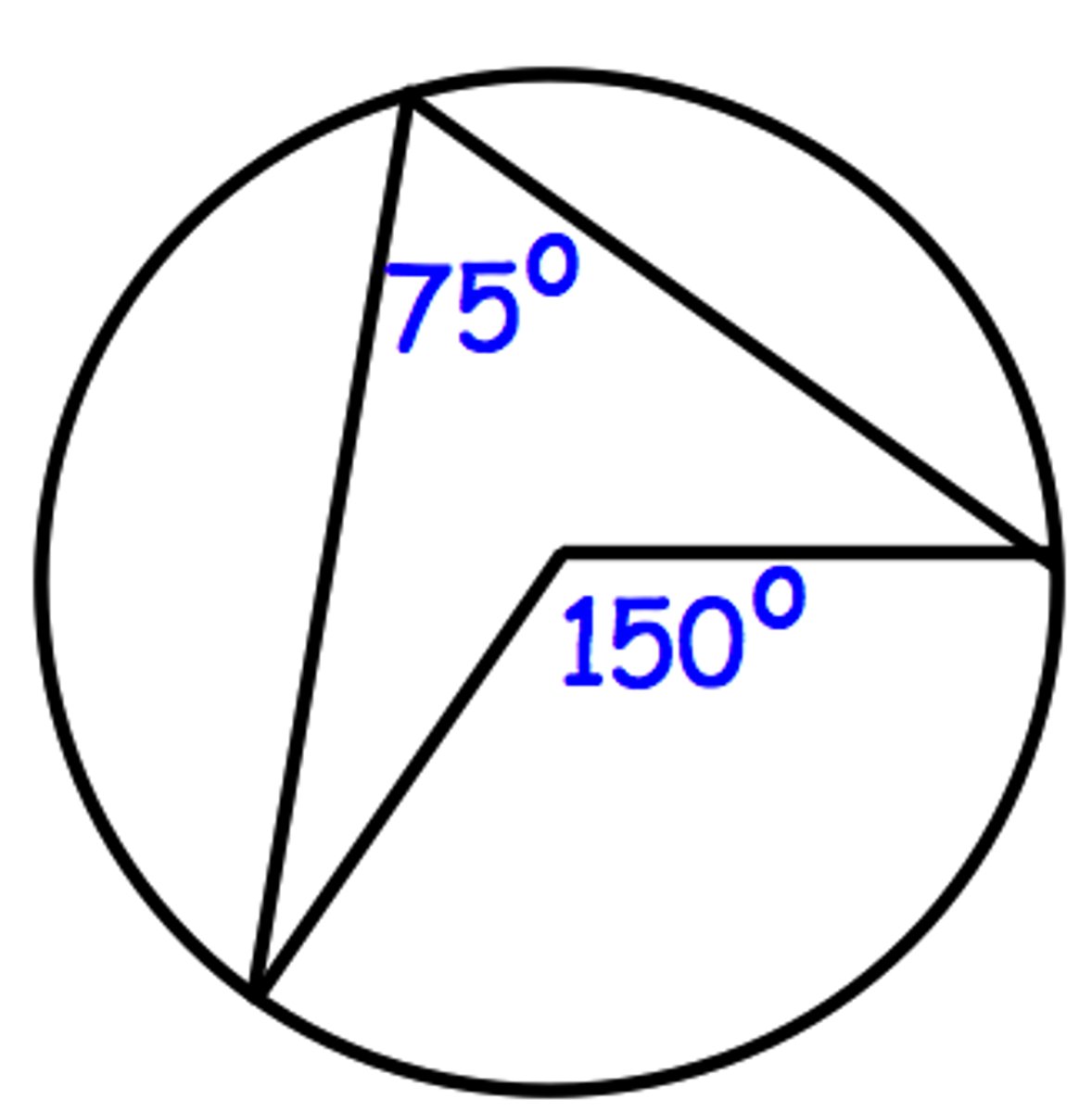
Angles in the same segment of a circle are equal
state the appropriate circle theorem
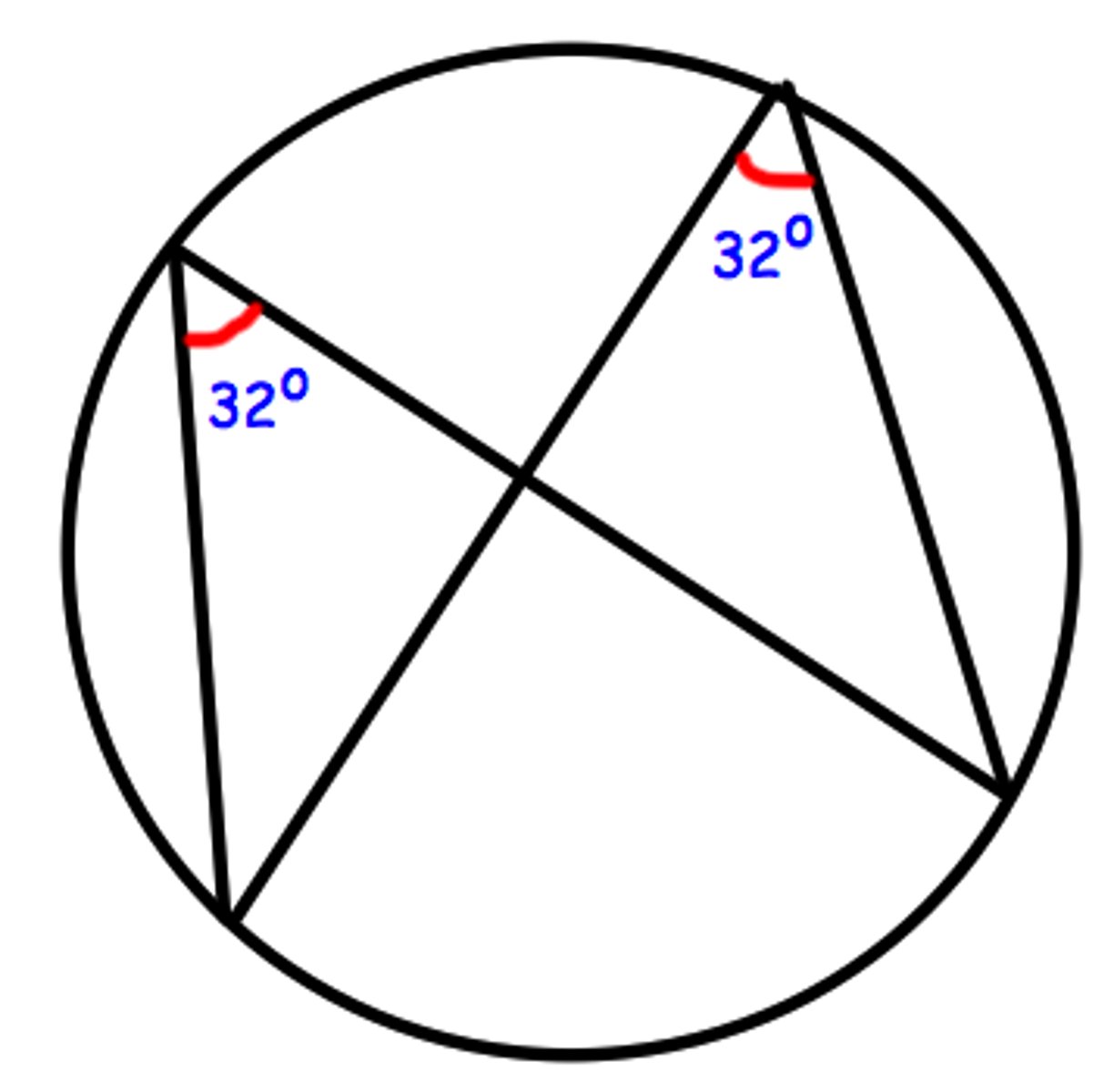
opposite angles in a cyclic quadrilateral add to 180
state the appropriate circle theorem
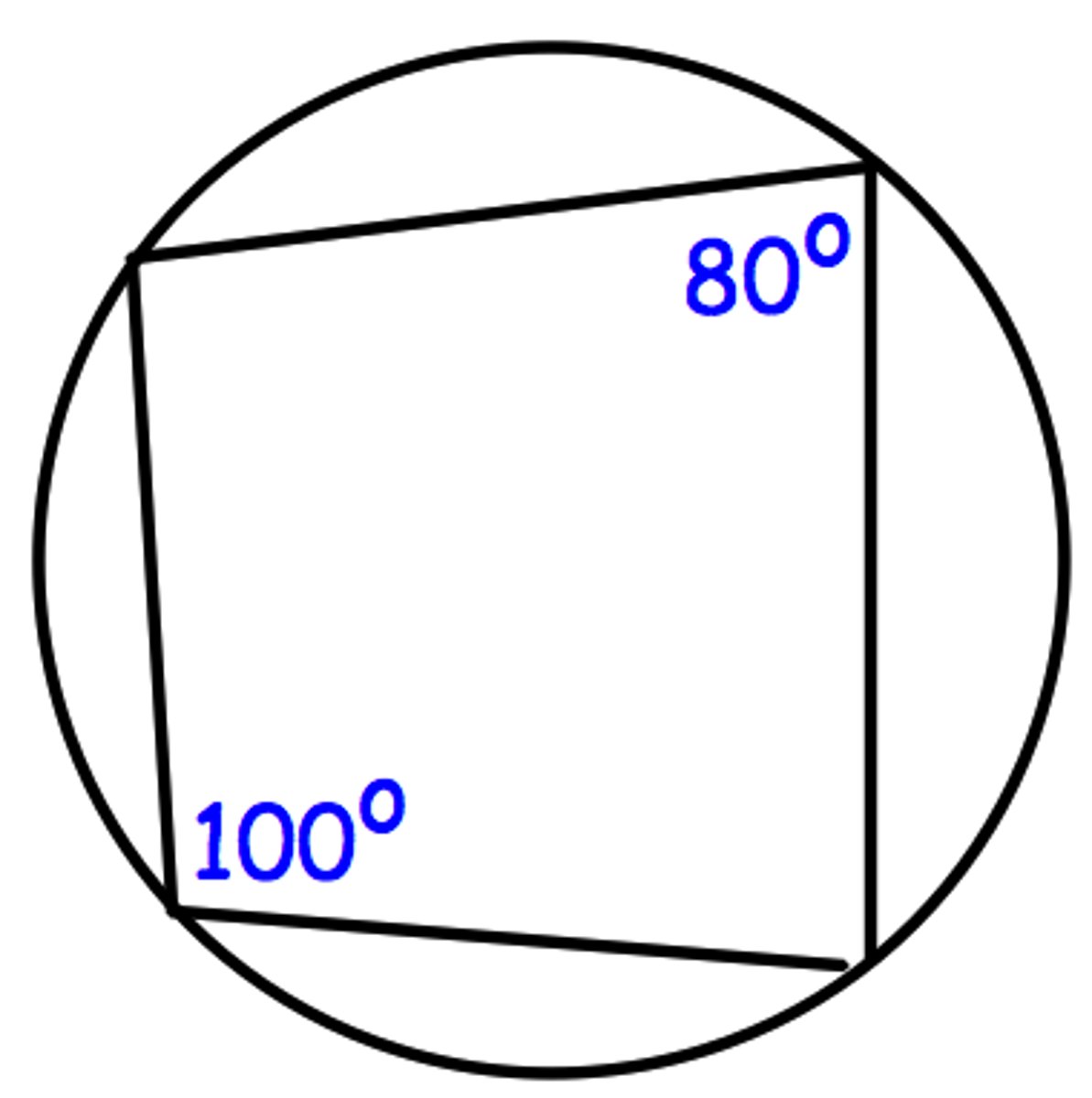
the angle between a radius and a tangent is always 90'
state the appropriate circle theorem

Two tangents meet at equal length
state the appropriate circle theorem
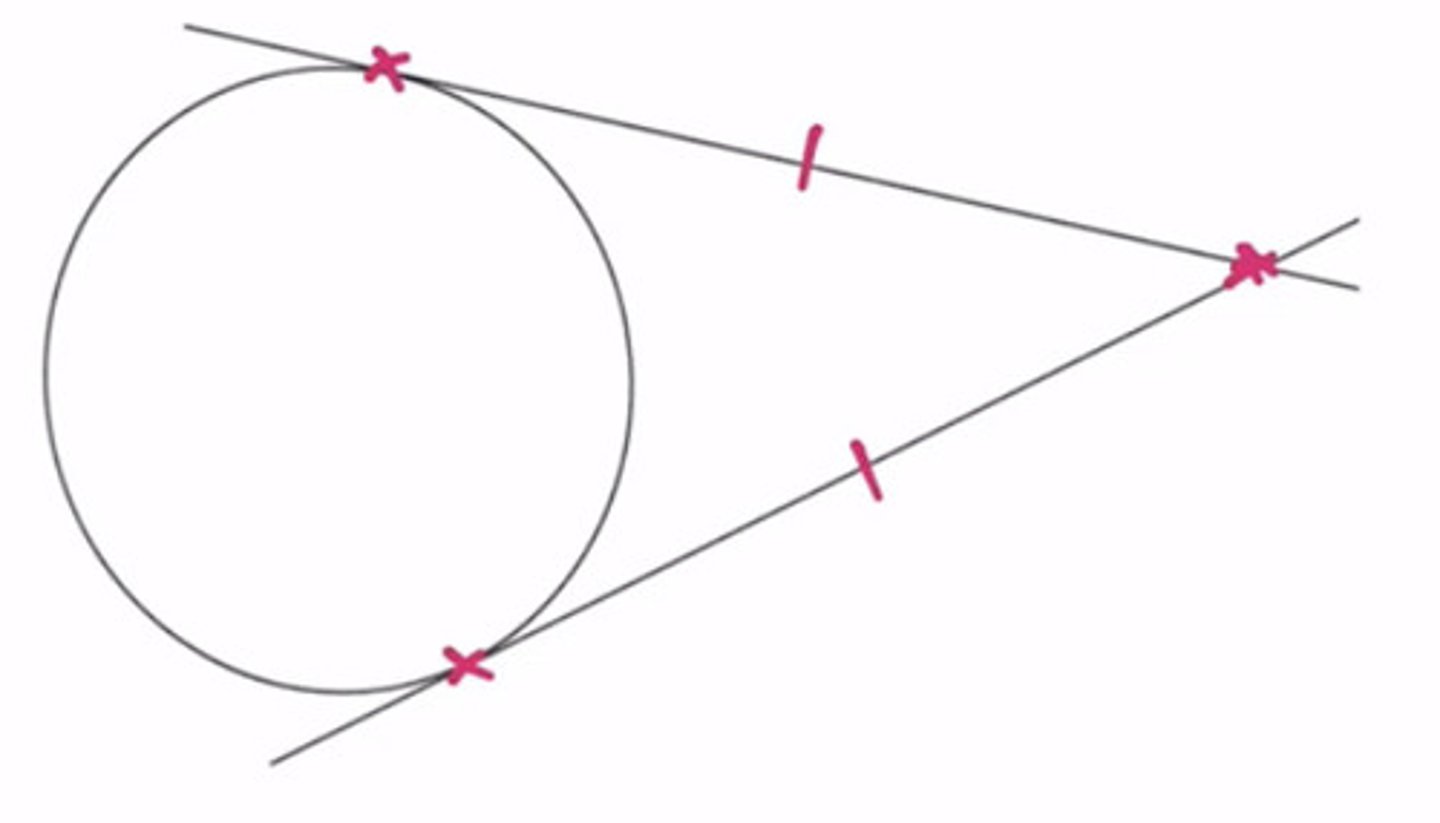
Alternate segment theorem
state the appropriate circle theorem
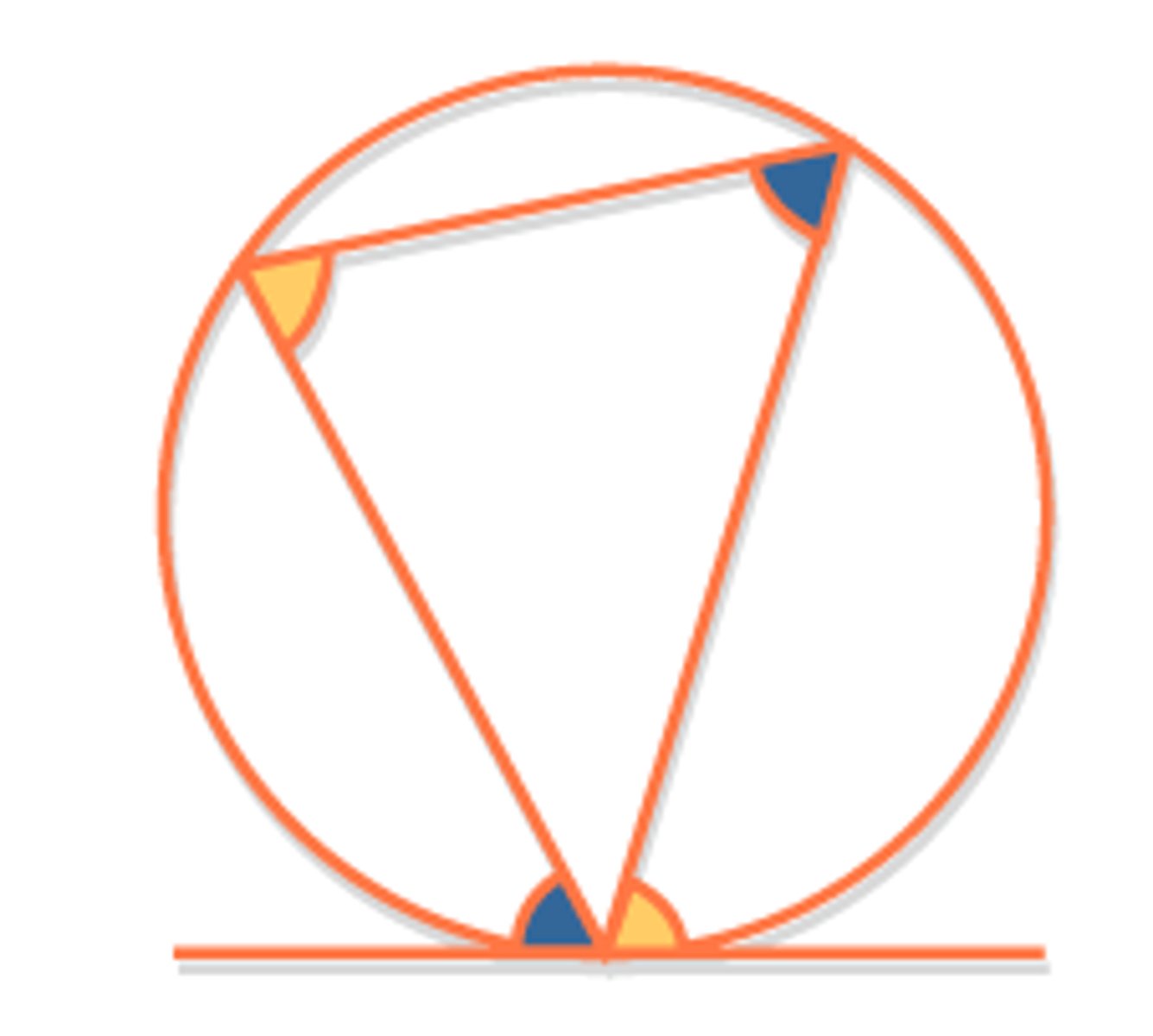
vertical translation by a units
f(x) --> f(x)+a
horizontal translation by -b units
f(x) --> f(x+b)
vertical stretch scale factor c
f(x) --> cf(x)
horizontal stretch scale factor 1/K
f(x) --> f(Kx)
unfactorised quadratic y intercept
how to find y intercept
factorised quadratic x's so that each bracket equals 0
how to find the x intercepts
complete the square x so the bracket = 0 and y the bit outside the bracket
how to find the minimum point
dy/dx=...+ nk xⁿ⁻¹+...
y=... +k xⁿ+...
AX x BX = CX x DX
intersecting chords
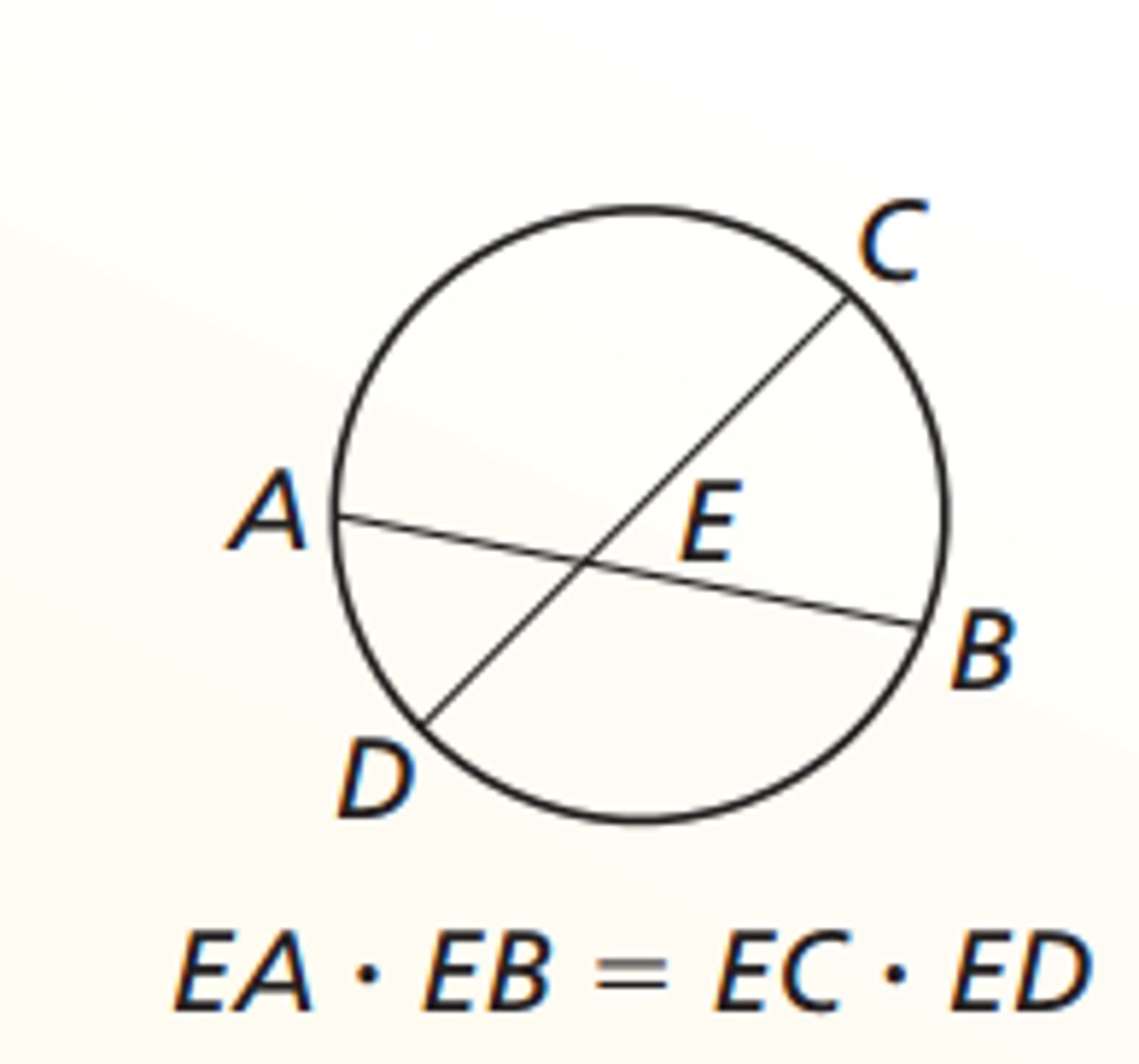
Area of any triangle
1/2absinC

length of an arc
Length of an Arc = (central angle/360) x 2πr
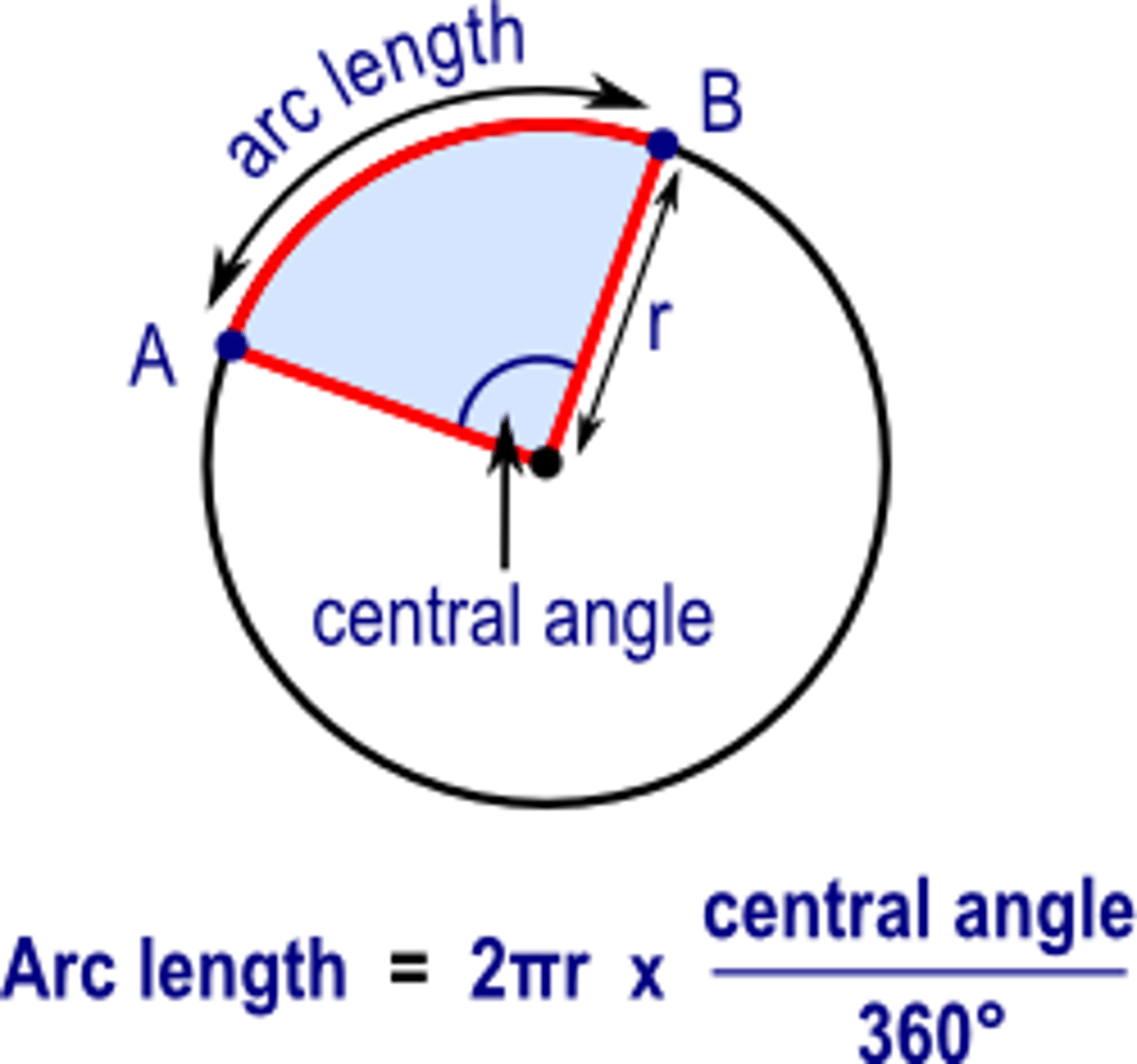
Perimeter of a sector
Arc length + 2r

Area of a sector
Area of a Sector = (central angle/360) x πr²
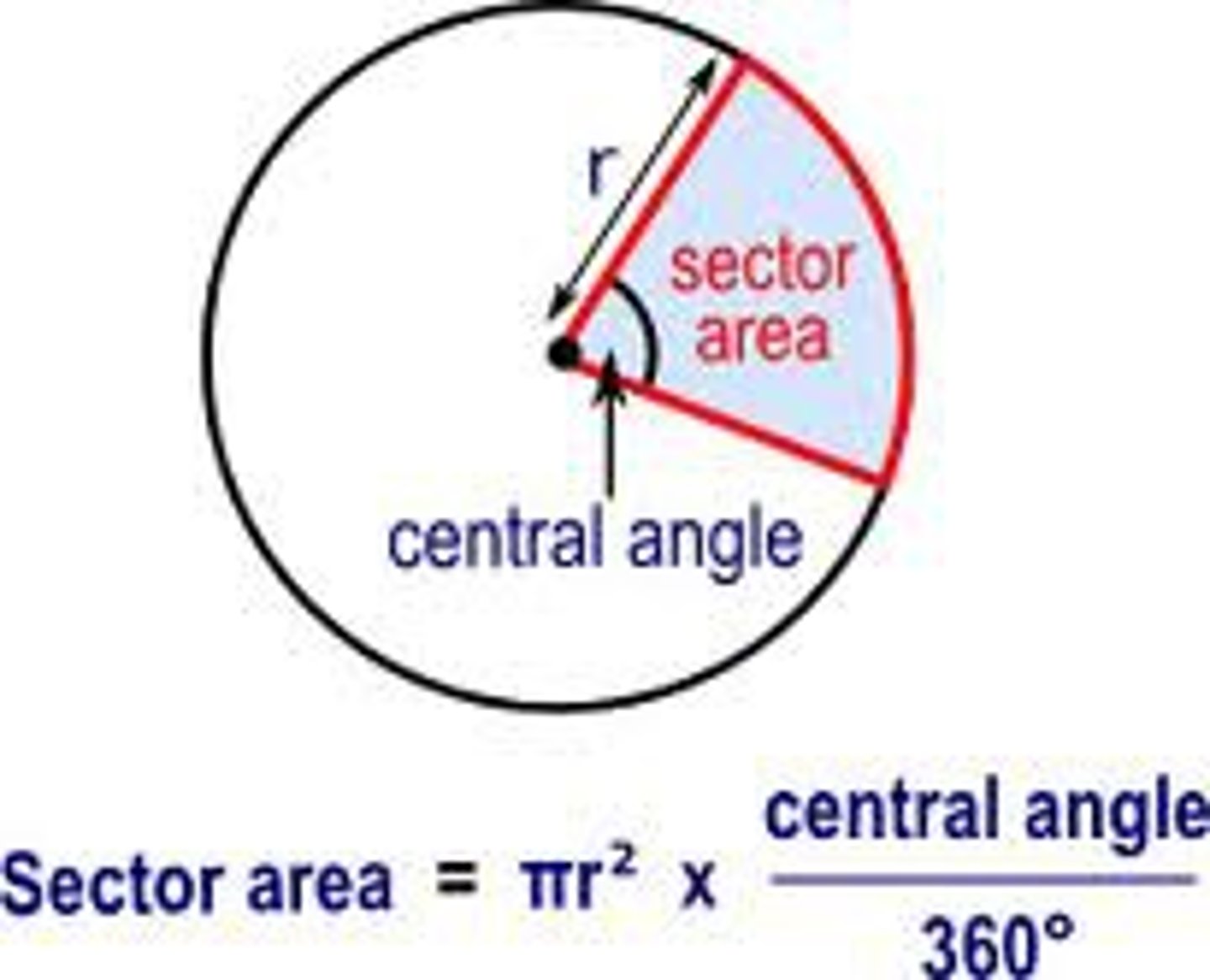
Area of a parallelogram formula
A=bh
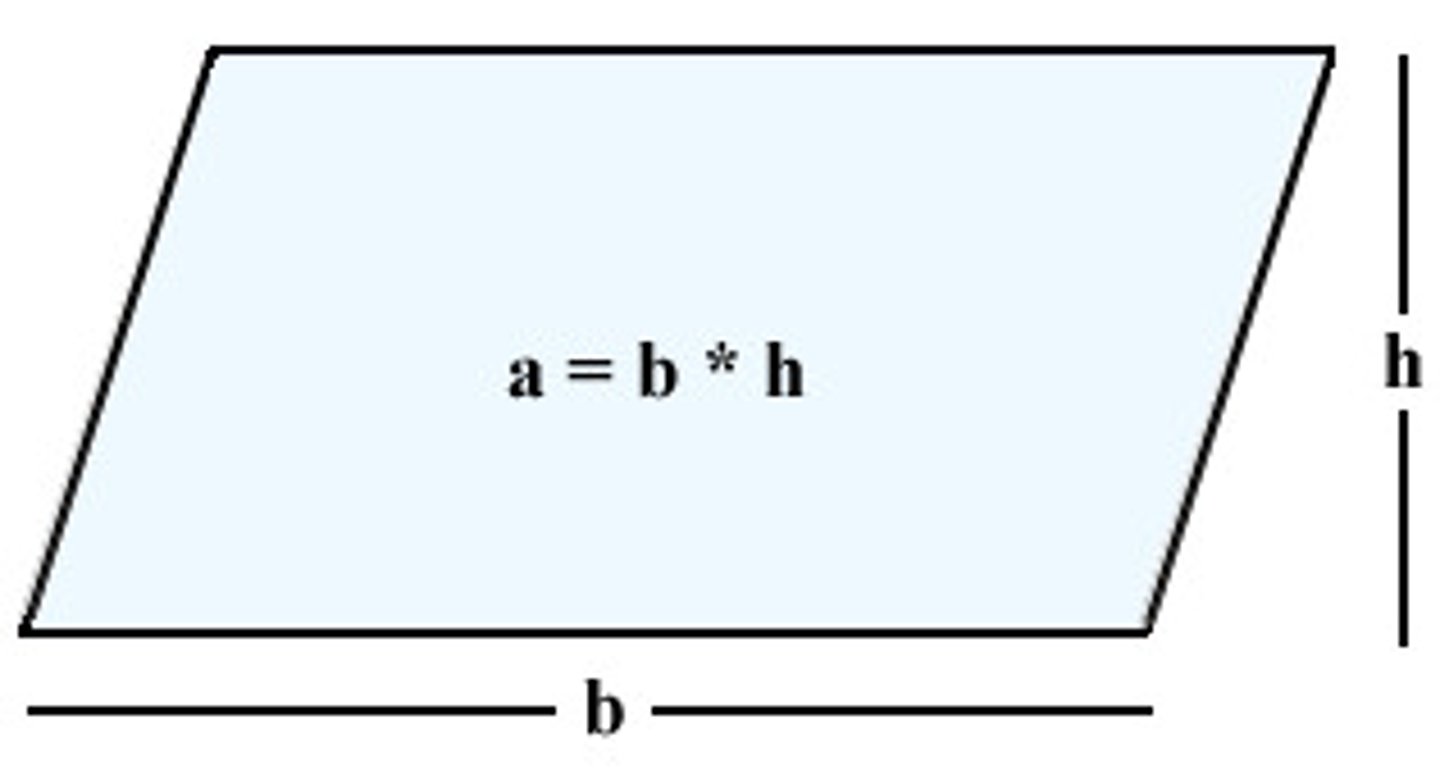
Area of trapezium formula
1/2(a+b)h
volume of a prism
Area of cross section x length
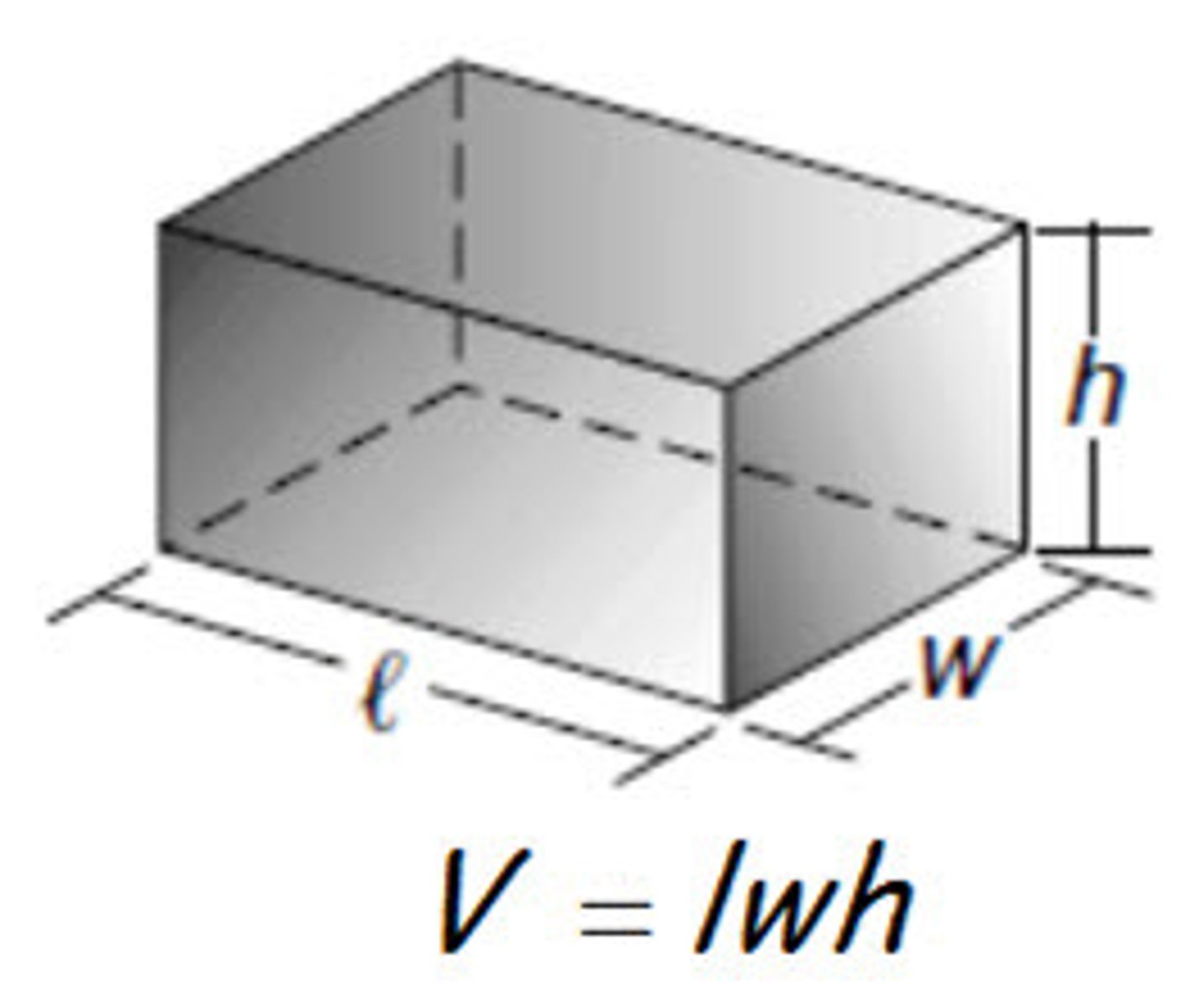
Volume of a cylinder
V=πr²h
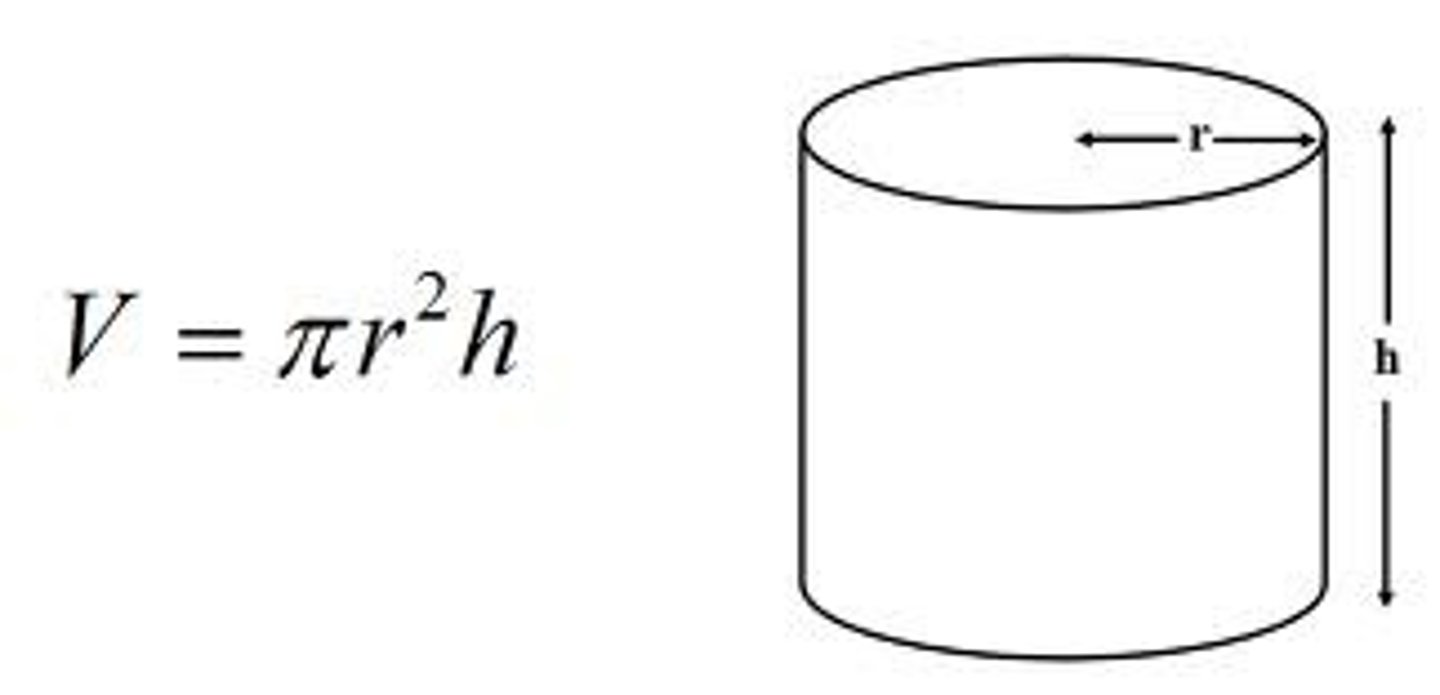
Volume of a sphere
4/3πr³
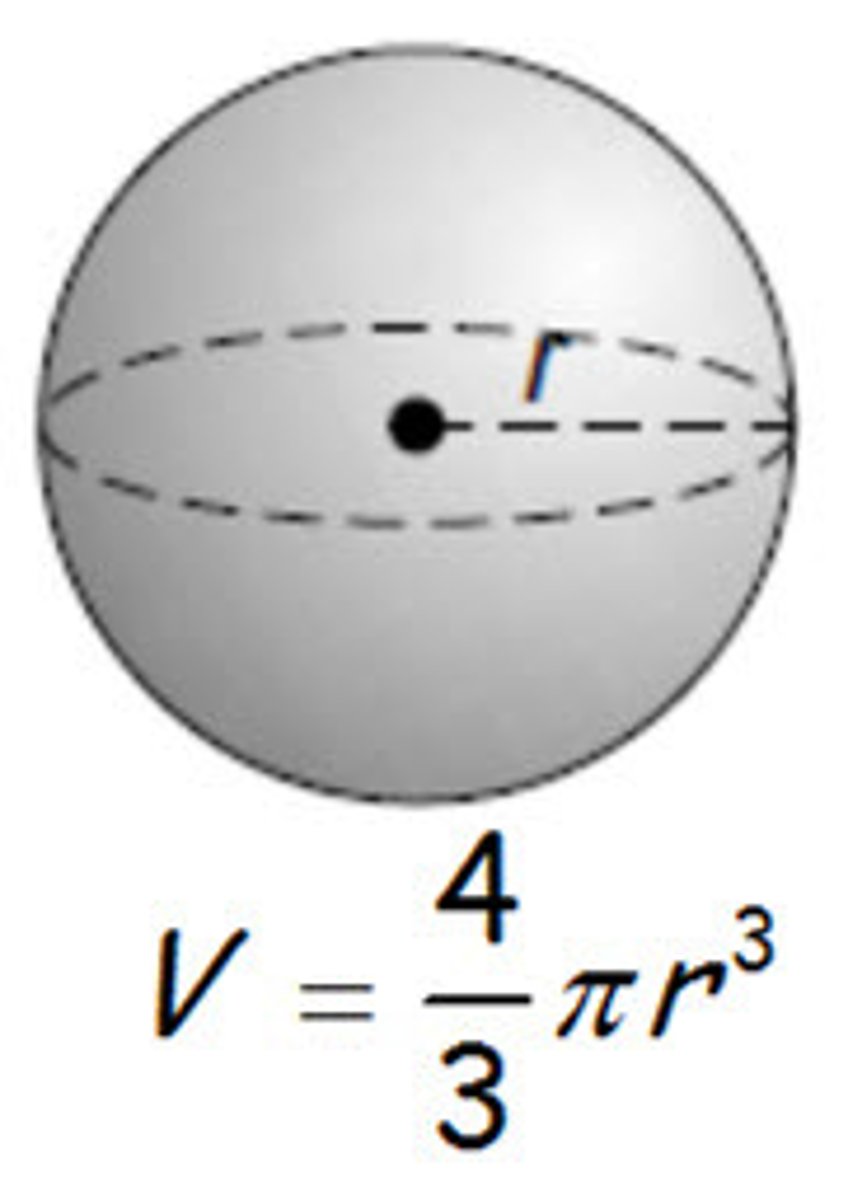
volume of a pyramid
1/3 x area of base x height
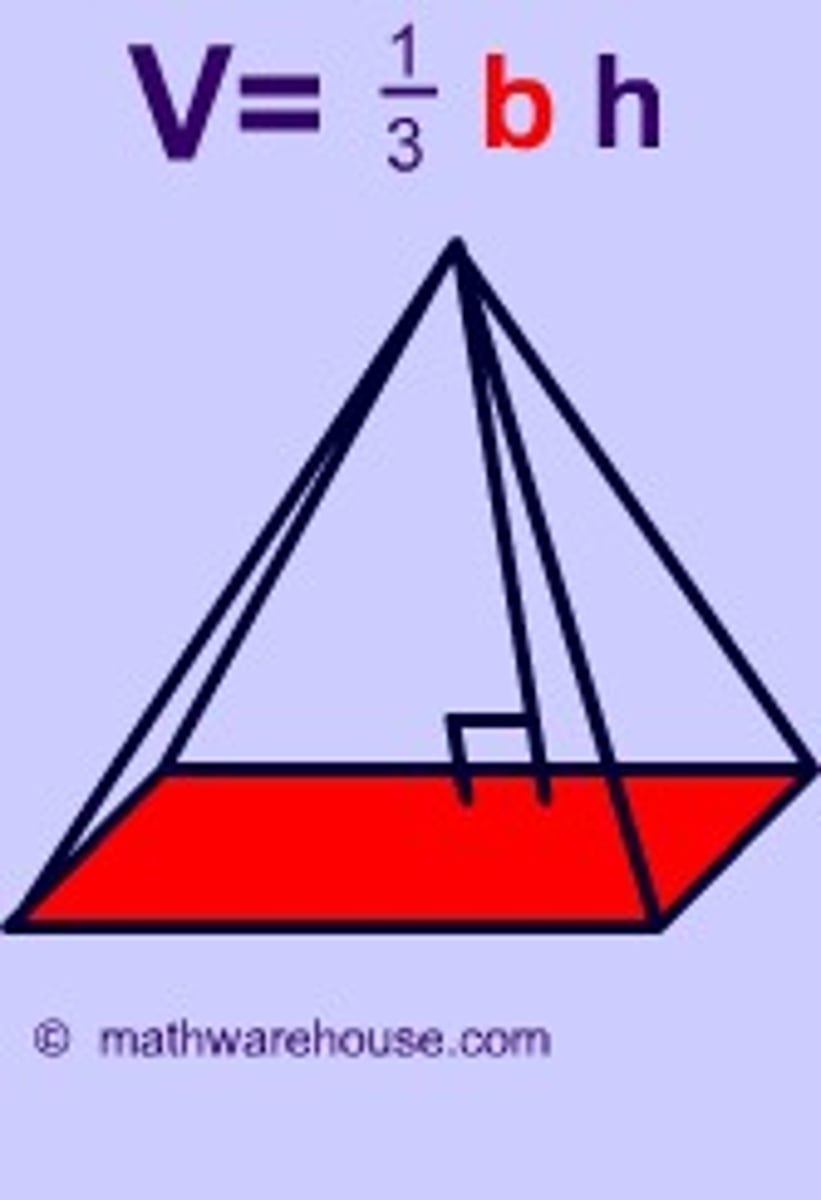
Volume of a cone
1/3πr²h
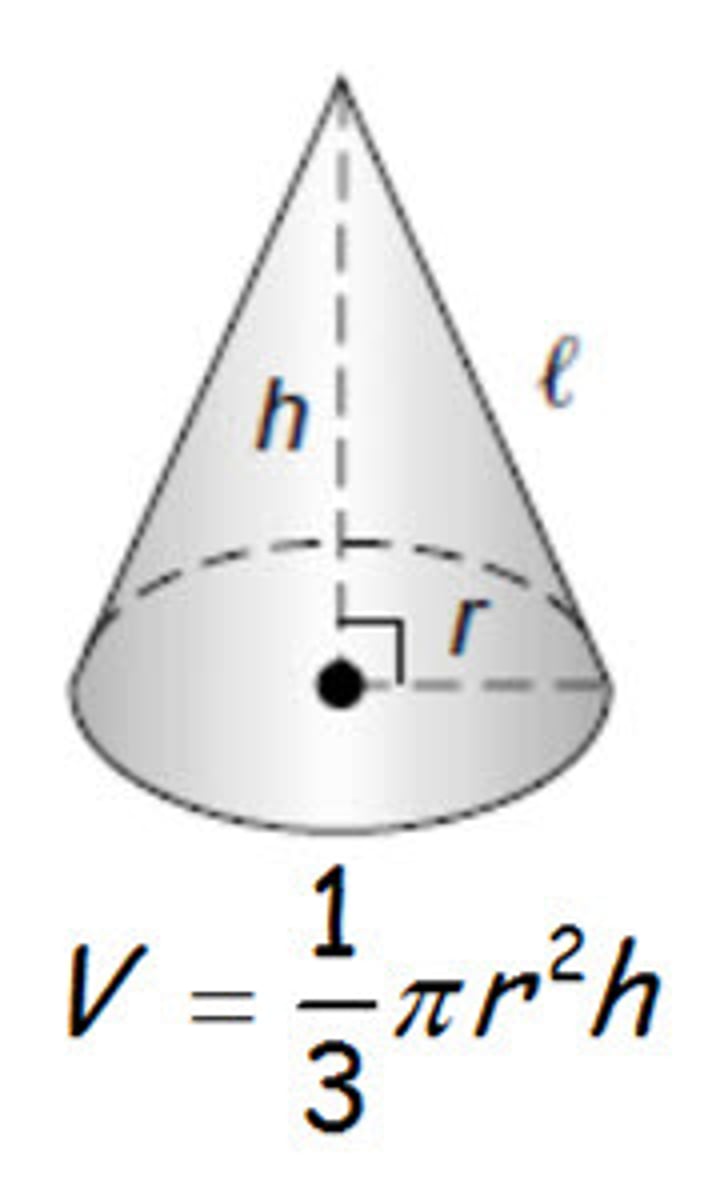
Surface area of a sphere
4πr²
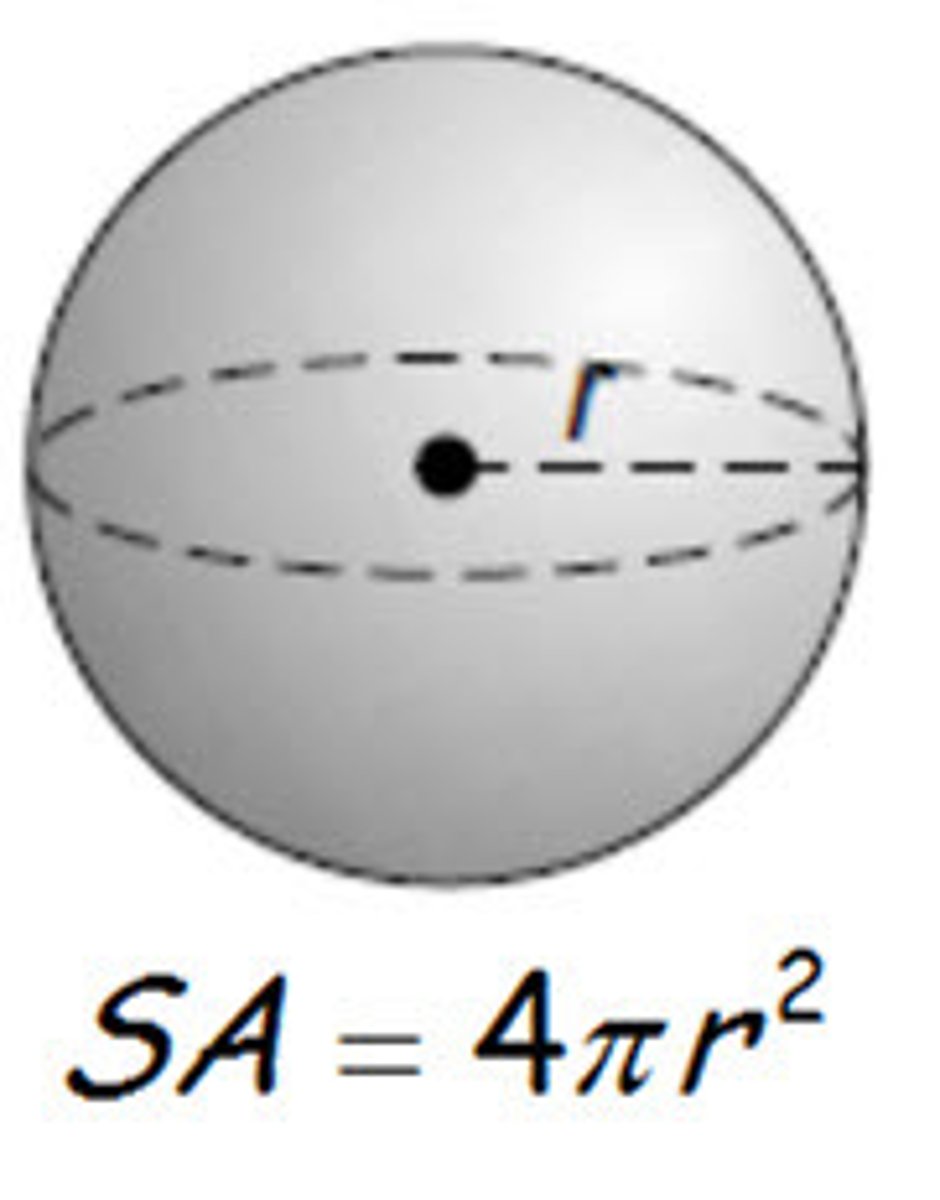
Surface Area of a Cylinder
2πrh+2πr²

Surface Area of a Cone
πrl+πr²
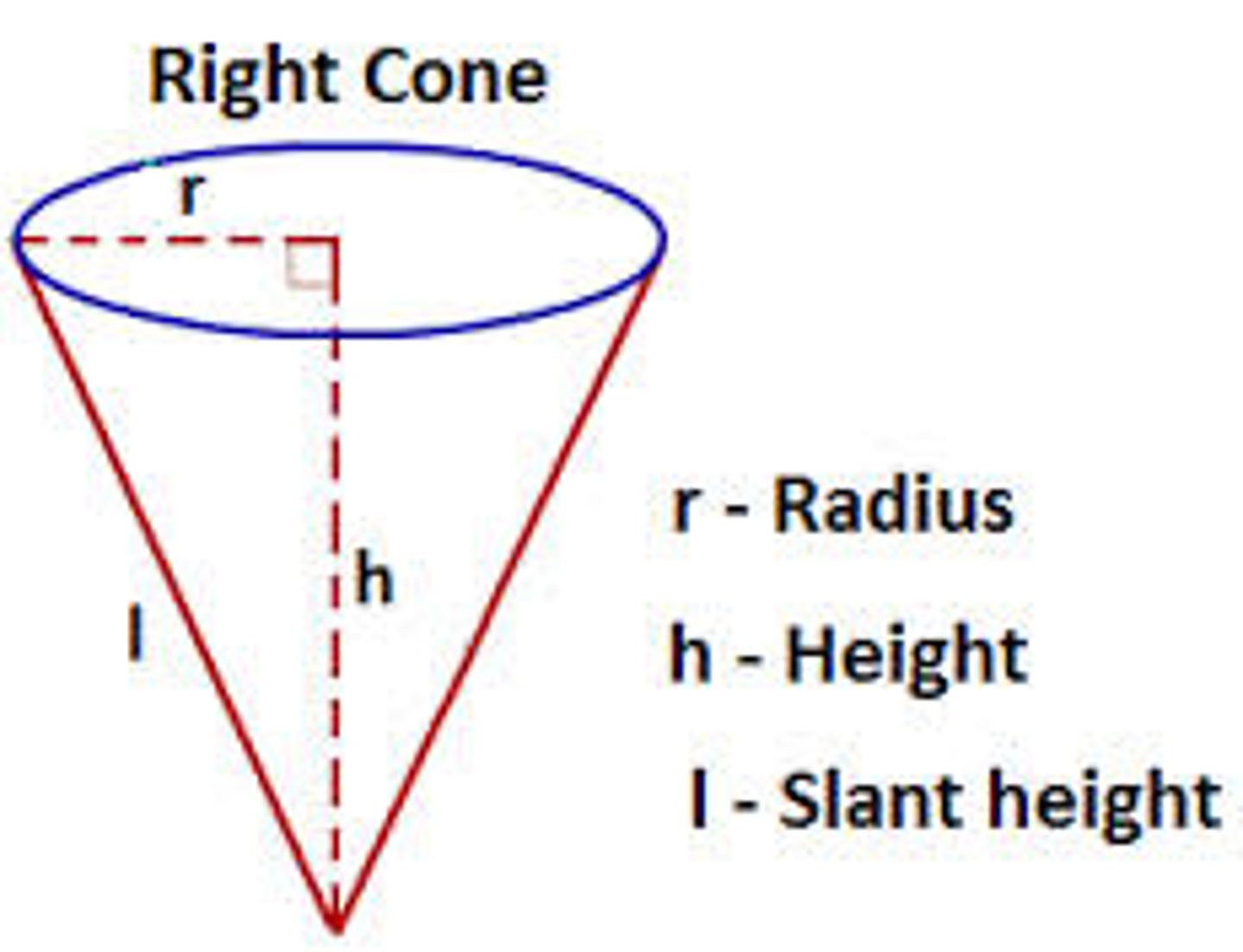
Invarient
In mathematics, an invariant is a property, held by a class of mathematical objects, which remains unchanged when transformations of a certain type are applied to the objects.
Quadratic Formula

corresponding angles

alternate angles
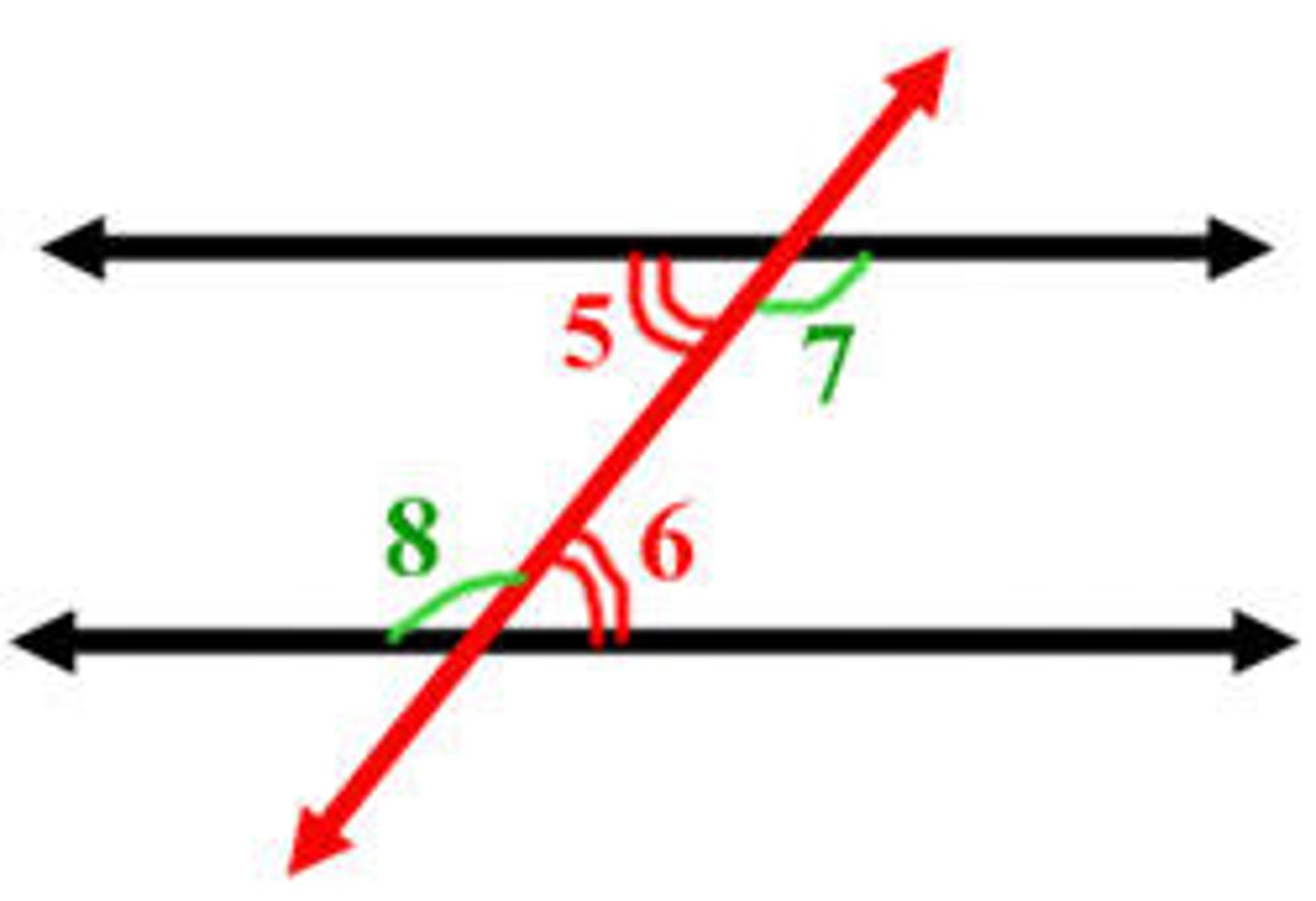
vertically opposite angles
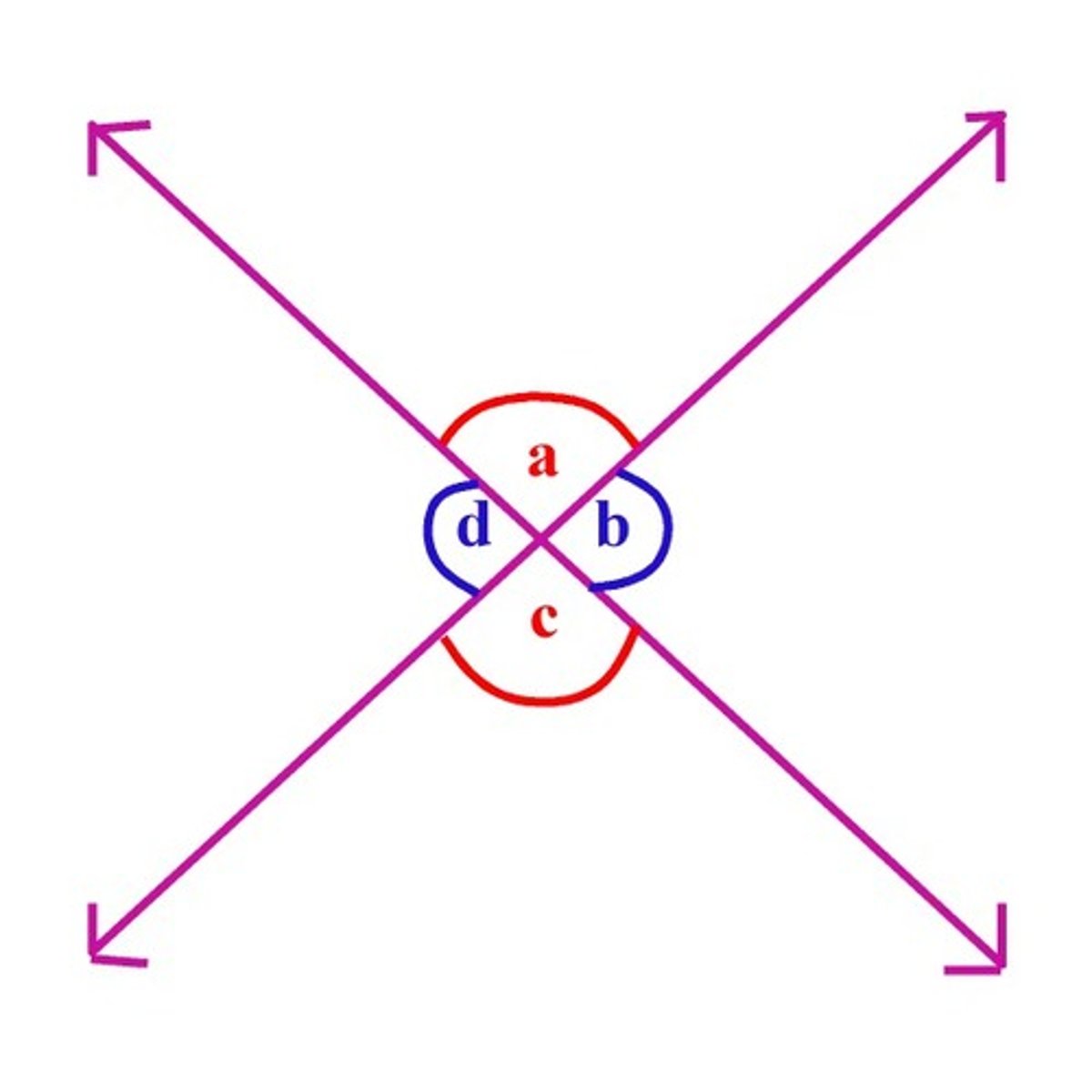
Interior angles.
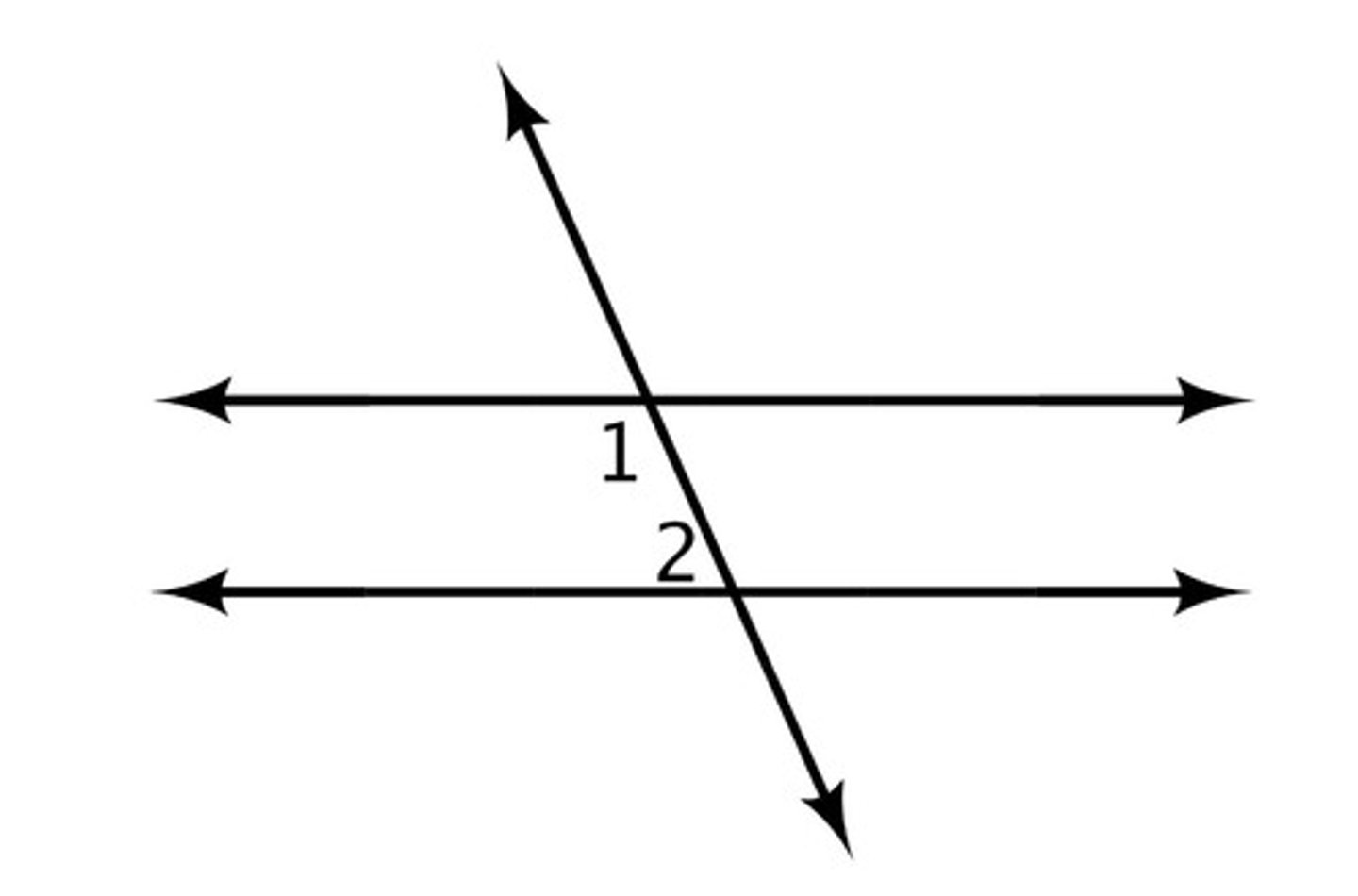
angle of elevation
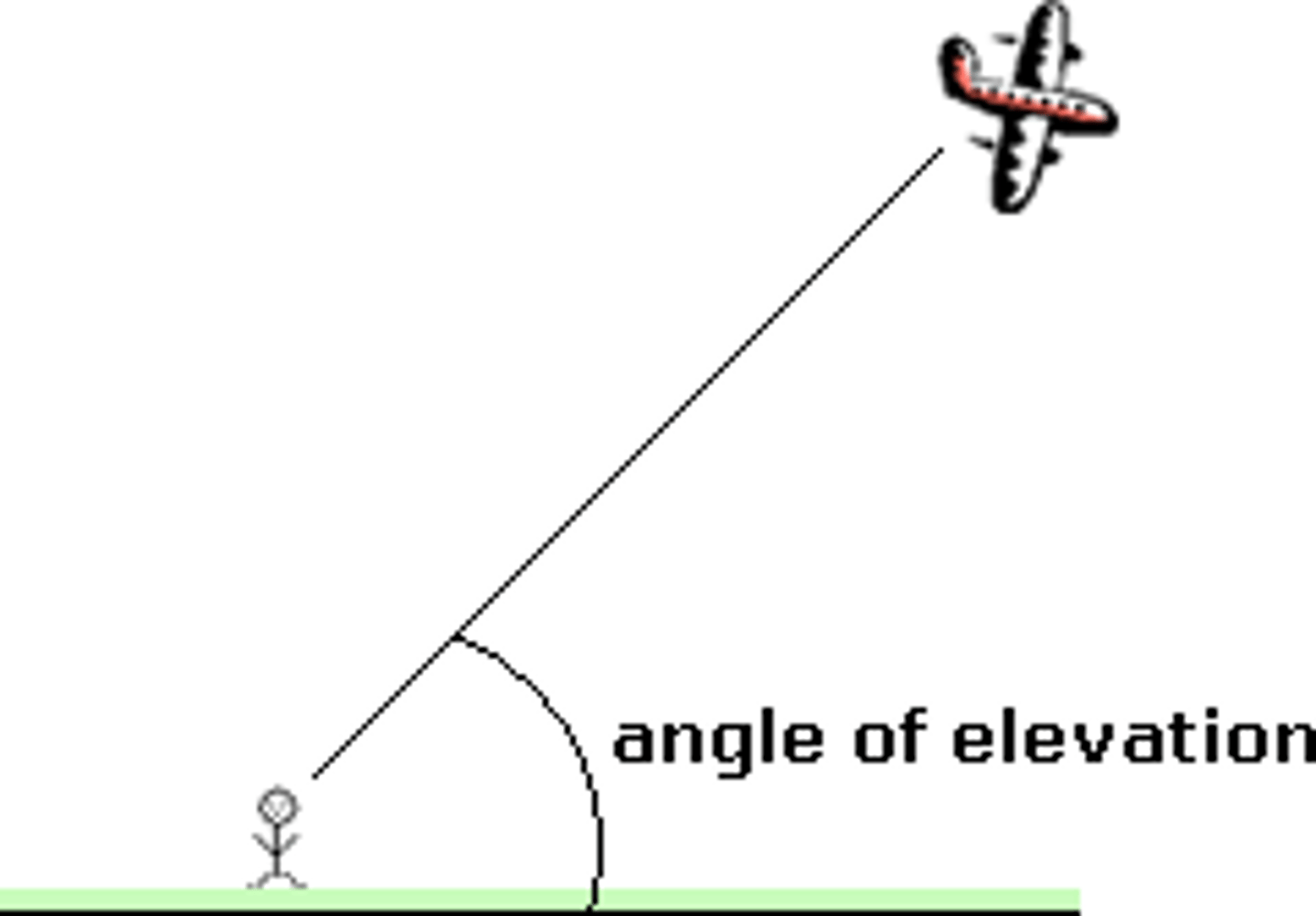
angle of depression
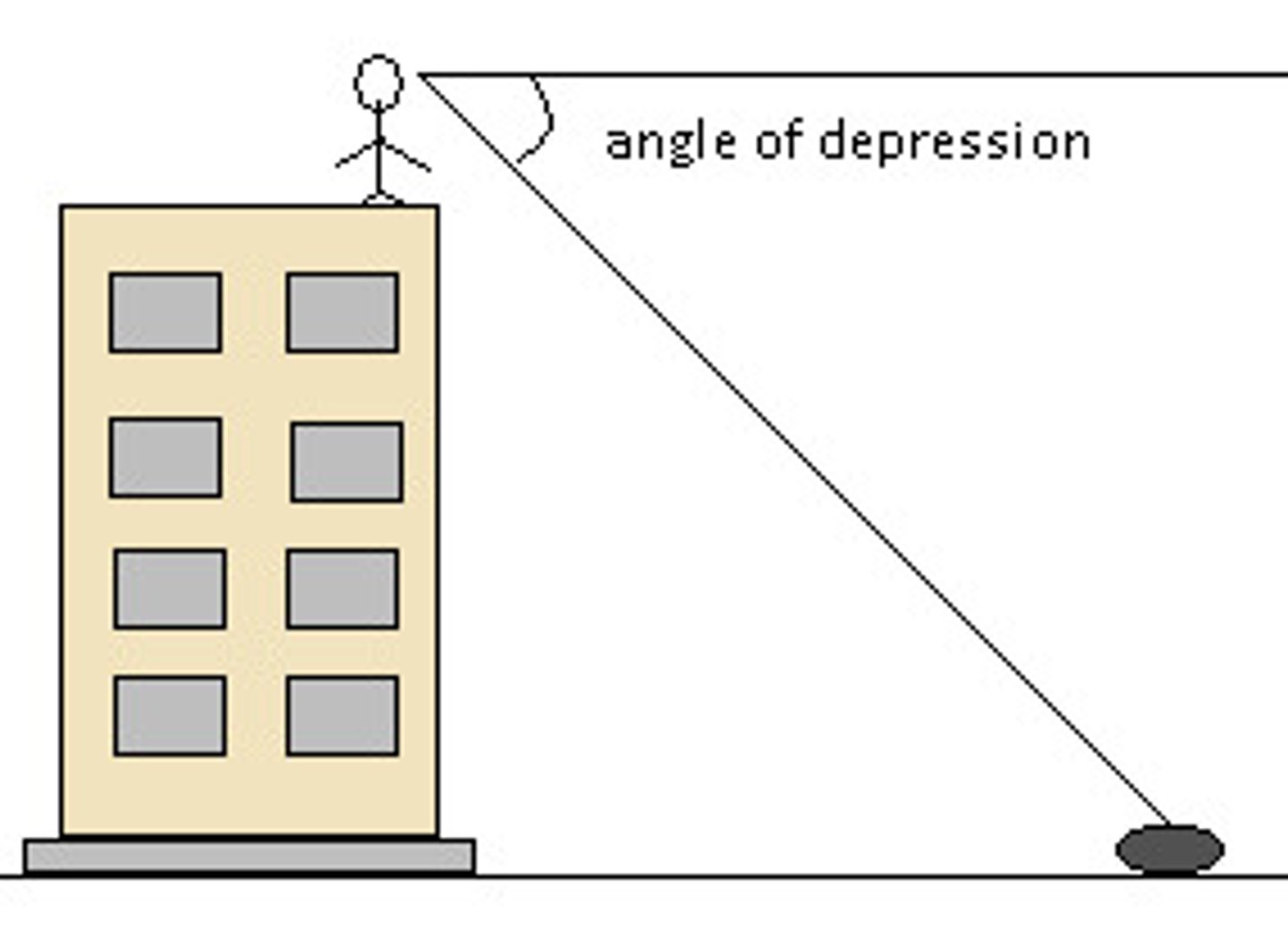
m(x-x1) = y-y1
y= mx + c
ax + by + c = 0
straight line graphs
2 x intercepts - factorise + solve
y- intercept -> value when x=0
turning point -> in a completed square form
(x + a)^2 + b -> (-a,b)
line of symmetry = x = -a
quadratic graphs
exponential graphs
y = a^x
always positive
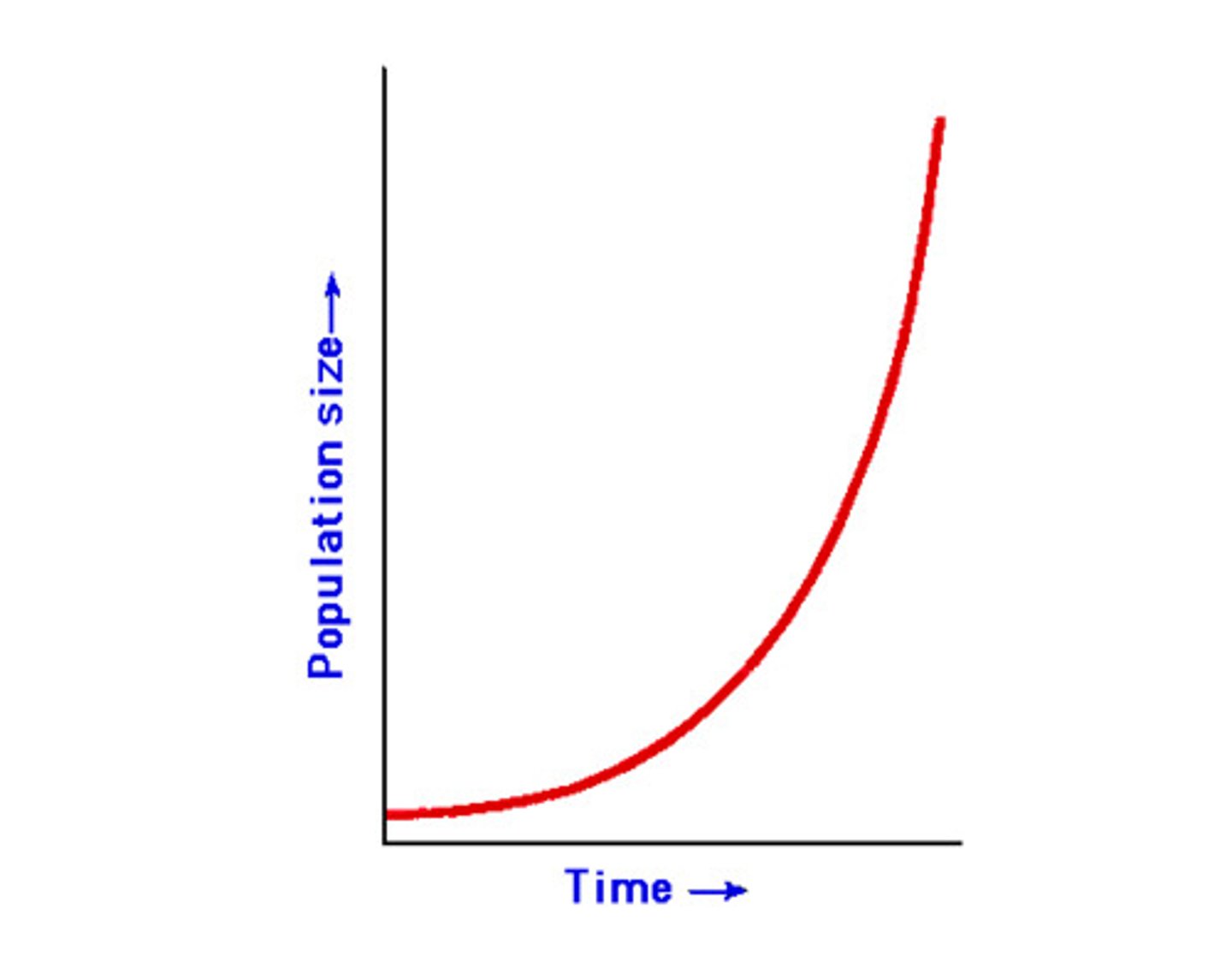
x^2 + y^2 = r^2
circle equation
no bias
same chance of being chosen
d = time consuming
a = no bias
random smapling
every nth one
a = less time consuming
d = cant be used in certain situations
stratified sampling
representative of relevant subgroups
fraction of population * class width
Stratified sampling
representing the entire population
sampling
3-4-5, 5-12-13, 8-15-17, 7-24-25
pythagorus triplets
frequency/class width
frequency density
start of interval + (number wanted/frequency) * class width
histogram equation
congruency rules
SSS, SAS, ASA, RHS
similarity rules
AA, SAS, SSS
relative frequency
the fraction or percent of the time that an event occurs in an experiment
count of outcomes/number of outcomes
when you have n objects and what to choose r of them ->possibilities
n!/(n-r)!
number of possibilities when you want to choose r of them in different arrangemnets and the option is not removed
n^r
calcutating the number of ways to select r objects from a group of n objects
ncr button
cosine rule
a2 = b2 + c2 - 2bc cos A

sine rule

sin^2(x)
(sinx)^2
tan
sin/cos
Cos and Sin Identity
cos^2x + sin^2x = 1
cos can be diveded cause it can never be 0
can never divide out by an other trig function
transformations of functions
translation = y= f(x-a)+b
[ab]
reflection in the x-axis = -f(x)
reflection in the y-axis = f(-x)
sinx graph
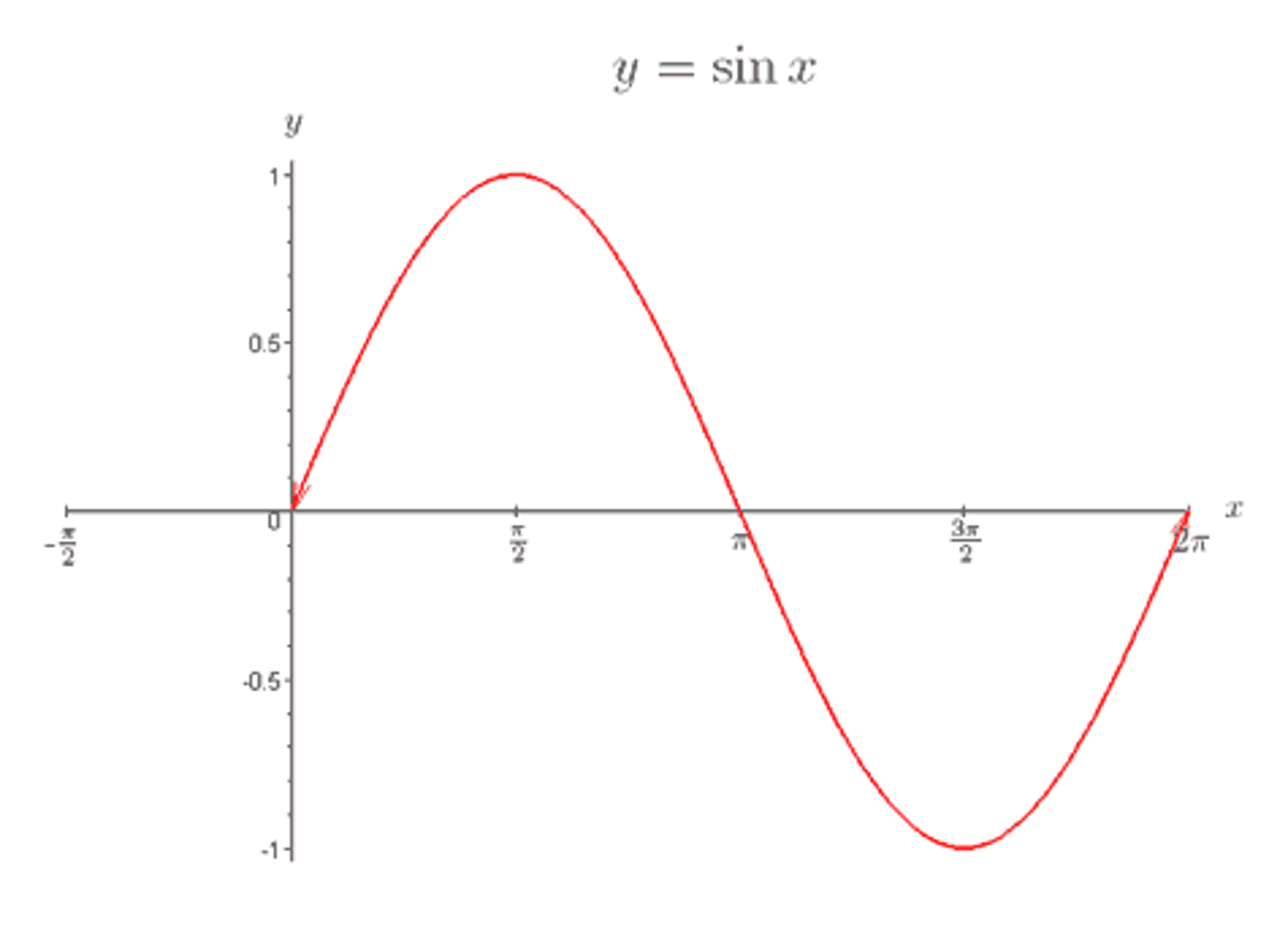
calculator
always truncates
circle theorem for isosceles traingle
base angles of an isosceles triangle are equal + angles in a triangle add up to 180
Derivative of Sin(x) and Cos(X)
cosx
-sinx
Trigonometric Identities
Sinθ/Cosθ = Tanθ
Cosθ/Sinθ = 1/Tan
Cos²θ + Sin²θ = 1
Sinθ = Cos(90 - θ)
Cosθ = Sin(90 - θ)
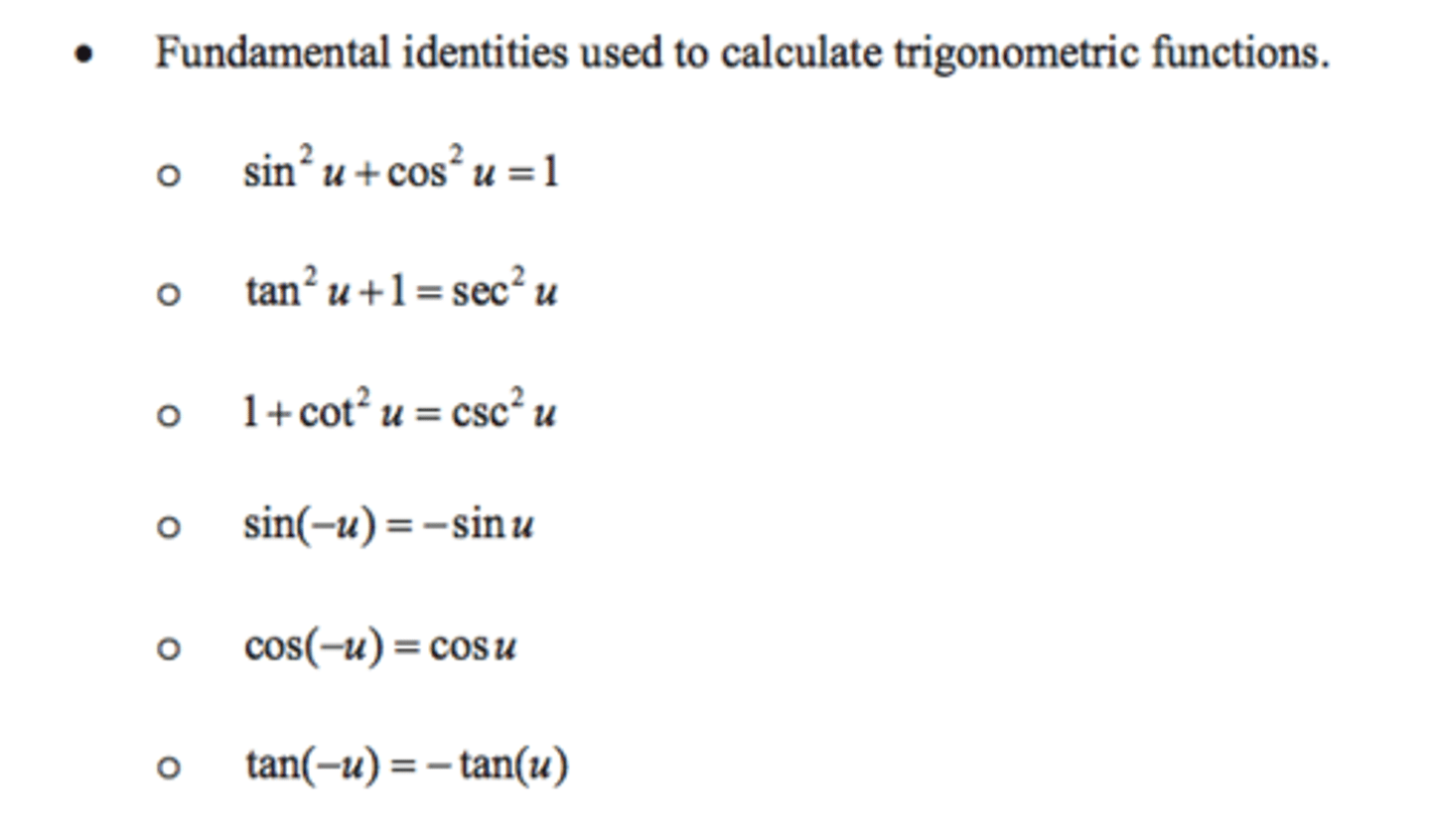
iteration
iteration is an estimation of a solution
frequency polygons
mid point
cumulative frequency
end point
show that the solution is between 0 and 1
theres a sign change
Show that f(x) is odd
Show that f(-x) = -f(x). This shows that the graph of f is symmetric to the origin.
max using diffrentation
dy/dx = 0
sin
180-x
tanx
180+x
cosx
x =-x
domain terminology
the function is not defined at x= something
point of inflection
on each side they are positive
use differentiation to work out the max value of A as x varies
dy/dx = 0